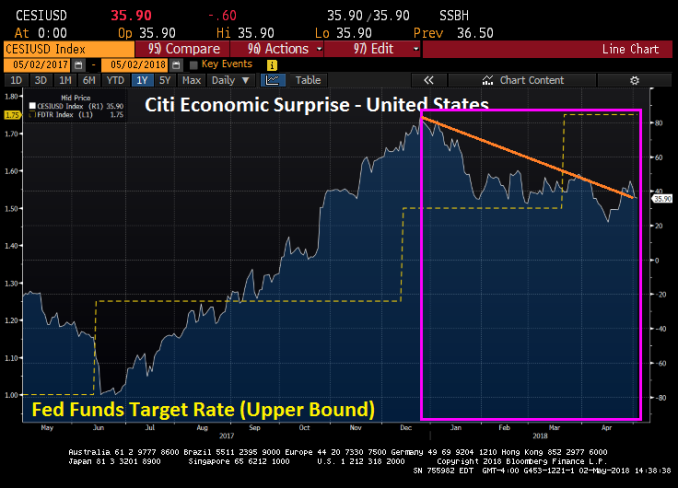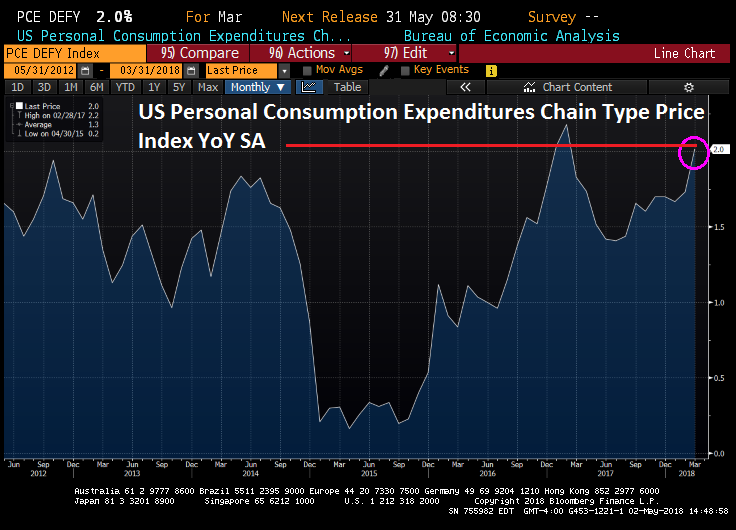Diamond News Archives
- Category: News Archives
- Hits: 1846
(IDEX Online) – The Italian Exhibition Group (IEG) has become an official participant in the United Nations Global Compact (UNGC), the world’s largest corporate sustainability initiative, which was launched in 1999 by the then-UN Secretary General Kofi Anan.
IEG thus becomes the main Italian trade show company adhering to the UN Global Compact, and just one of three trade show organizers worldwide to have adopted the initiative’s standards.
Becoming a UN Global Compact participant is a natural evolution for IEG. With Corporate Social Responsibility being a cornerstone element of its group agenda, priority is given to the Sustainable Development Goals (SDG) as the Italian Exhibition Group interconnects with all the SDGs and support social cohesion, cultural comprehension and sound development based on principles of sustainability.
It is worth noting that through CIBJO’s partnership, IEG is participating in the High-Level Political Forum (HLPF) of the UN Economic and Social Council (ECOSOC). IEG distinguishes itself as the trade show organizer promoting and providing educational services and programs related to Corporate Social Responsibility (CSR) and sustainability within the jewelry, precious metal and gemstone supply chain, in support of the UN’s development program and its SDGs.
As a voluntary initiative, the UN Global Compact commits its participants from the private sector to operate according to four fundamental pillars: respect of human rights, adherence to fair labor principles, environmental sustainability, and the battle against corruption. These are expressed in ten principles that participating companies and organizations must adopt and respect in their own approach to business.
By becoming a participant in the UN Global Compact, IEG joins10,000 companies and 3,000 non-profit organizations worldwide. The initiative is currently present in more than 170 countries....
- Category: News Archives
- Hits: 2302
HTTP/1.1 200 OK Server: nginx Date: Wed, 02 May 2018 22:15:04 GMT Content-Type: text/html; charset=UTF-8 Transfer-Encoding: chunked Connection: keep-alive Strict-Transport-Security: max-age=86400 Vary: Accept-Encoding Vary: Cookie X-hacker: If you're reading this, you should visit automattic.com/jobs and apply to join the fun, mention this header. X-Pingback: https://confoundedinterest.net/xmlrpc.php Link: ; rel=shortlink Last-Modified: Wed, 02 May 2018 22:15:04 GMT Cache-Control: max-age=300, must-revalidate X-nananana: Batcache X-ac: 3.ewr _dca Citi Economic Surprise Index Fell Since December Rate Hike (Fed Holds Target Rate The Same) – Confounded Interest ...
 Bloomberg: The FOMC’s two-day meeting followed the release of data Monday that showed inflation measured by the central bank’s preferred gauge had hit its 2 percent target after being below that goal for almost every month since April 2012. You mean that the core PCE deflator YoY wasn’t 2% in January through March 2017??
Bloomberg: The FOMC’s two-day meeting followed the release of data Monday that showed inflation measured by the central bank’s preferred gauge had hit its 2 percent target after being below that goal for almost every month since April 2012. You mean that the core PCE deflator YoY wasn’t 2% in January through March 2017??  The Federal Reserve is like the gremlin from the Bugs Bunny video.[15]
The Federal Reserve is like the gremlin from the Bugs Bunny video.[15]  Like this: Like Loading... Related
Like this: Like Loading... Related
- Category: News Archives
- Hits: 1906
HTTP/1.1 200 OK Server: nginx/1.13.5 Date: Wed, 02 May 2018 20:15:04 GMT Content-Type: text/html; charset=UTF-8 Content-Length: 131589 Connection: keep-alive Vary: Accept-Encoding, Cookie Cache-Control: max-age=3600, public X-UA-Compatible: IE=edge Content-language: en X-Content-Type-Options: nosniff X-Frame-Options: SAMEORIGIN Expires: Sun, 19 Nov 1978 05:00:00 GMT Last-Modified: Wed, 02 May 2018 20:15:04 GMT ETag: W/"1525292104" X-Backend-Server: drupal-859697df8c-ccvft Age: 0 Varnish-Cache: HIT X-Cache-Hits: 2 X-Served-By: varnish-1 Accept-Ranges: bytes ...
Gold Jumps, Dollar Dumps As Market Signals Dovish Take On Fed Statement | Zero Hedge Skip to main content [1]References
- ^ Skip to main content (www.zerohedge.com)
- Category: News Archives
- Hits: 1668
The mortgage lending industry is once again … slipping into darkness.[1]
Like the run-up to the financial crisis, we are seeing an increasing trend towards non-bank lenders dominating the mortgage market. To the tune of almost 65%.

Yes, lenders certainly spilled the wine[2] during the 2000s with its move to non-bank lenders like New Century Financial. By 2011, 50 percent of all new mortgage money was loaned by the three biggest banks in the United States: JPMorgan Chase, Bank of America and Wells Fargo. But by September 2016, the share of loans by these three big banks dropped to 21 percent.
The withdrawal of banks from the mortgage business is the result of the fundamental shift in regulations that took place in response to the housing crisis. The regulatory atmosphere changed from a risk-management regime to a zero-tolerance and 100-percent-compliance regime.
Not only were new regulations implemented, but new regulators like the Consumer Financial Protection Bureau were created. At the same time, the CFPB and other agencies became more assertive in their enforcement practices.
The bottom line is that the rise of regulatory burden has chased lenders into the shadows where they reside as regulatory low-riders[3].
And there is no way to get the traditional depository institutions to be friends with regulators until a number of the overly burdensome regulations are eradicated.[4]
Yes, this is all eerily similar to the precursor to the financial crisis of the 2000s.
To paraphrase The Johnson Brothers, get that regulation out of their faces.[5]
...
Related
- Category: News Archives
- Hits: 2150
Bad bond deals are nothing new; this is the essence of the sub-prime collapse. Packaging D.O.A. debt and selling it as an investment is workaday stuff on Wall St. Commissions, fees, the general wash of money that flows into bank coffers…this is what these deals are about, why they are made in the first place.
What we are seeing in Puerto Rico is symptomatic of what could happen in the wider world. Bad debt time bombs are ticking in the US, the eurozone, and China.
Before Hurricane Maria hit last September, Puerto Rico was battered by the forces of another storm — a financial storm.
The island's own government borrowed billions of dollars to pay its bills, a practice that Puerto Rico's current governor, Ricardo Rosselló, now calls "a big Ponzi scheme."

But it didn't fall into financial ruin all on its own: Wall Street kept pushing the Puerto Rican government's loans even as the island teetered on default, with a zeal that bank insiders are now describing with words like "unethical" and "immoral."
NPR and the PBS series Frontline spent seven months looking into Puerto Rico's difficult recovery from Hurricane Maria. And beneath the storm damage we found the damage from those economic forces, triggered by a government desperate for cash and banks and investment houses on Wall Street that made millions off that desperation.
Some of those banks found ways to make even more money that risked the financial future of not only the island but thousands of residents as well.
ORIGINAL SOURCE: Technically Speaking: Bullish Hopes Clash With Bearish Signals[1] by Lance Roberts at Real Investment Advice[2] on 5/1/18...

